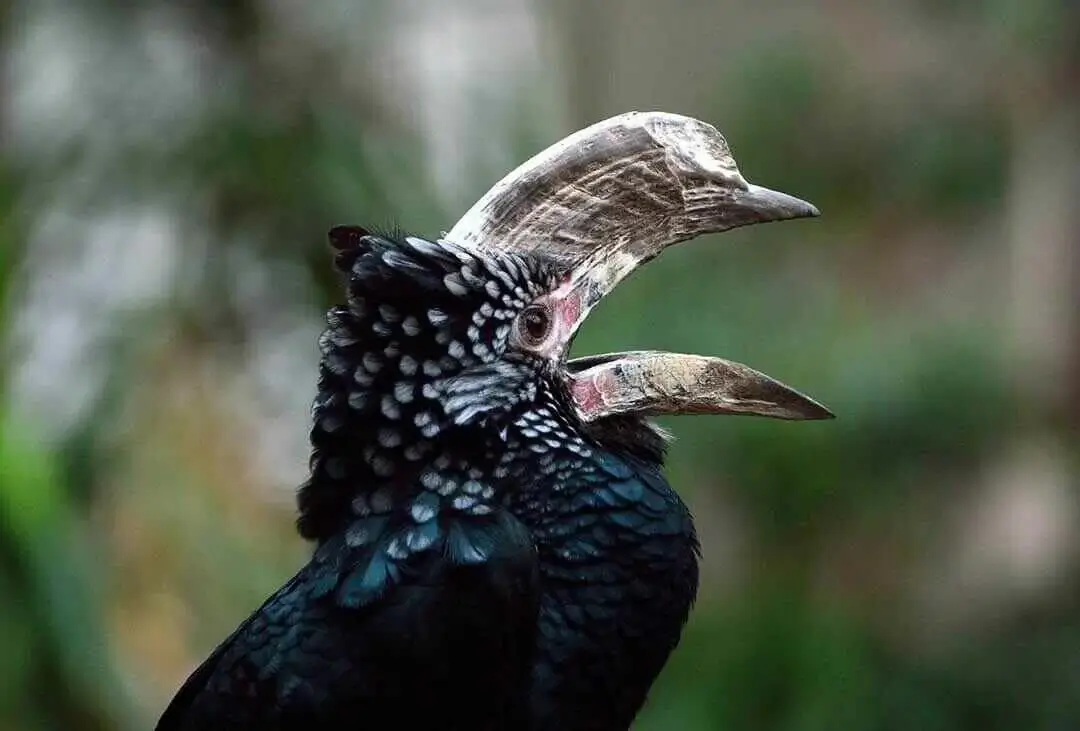
BIRDING IN
Bururi Forest Nature

BIRDING IN
Bururi Forest Nature
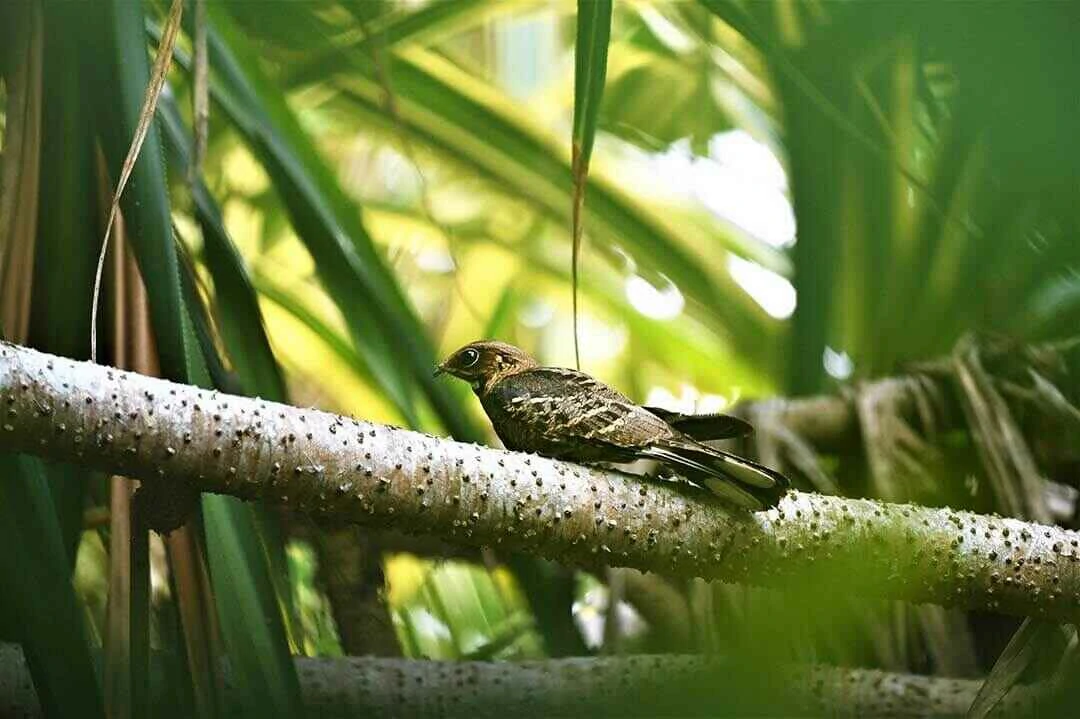
BIRDING IN
Bururi Forest Nature
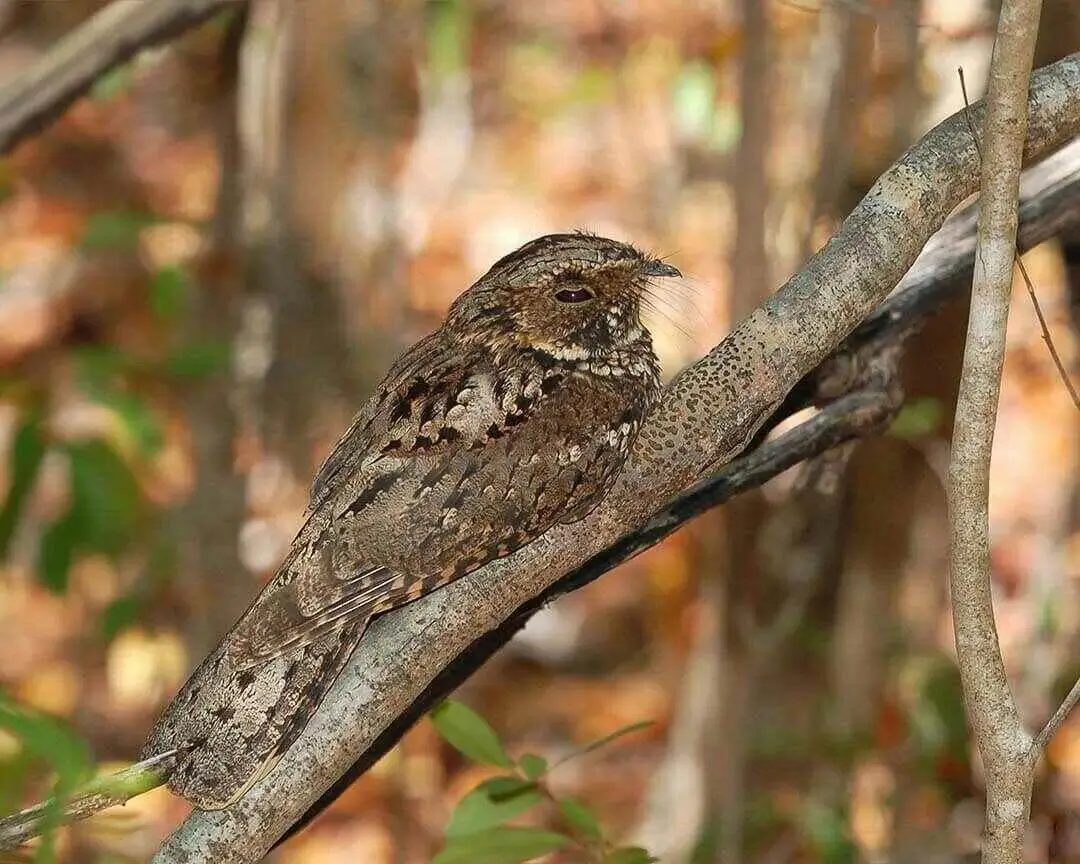
BIRDING IN
Bururi Forest Nature
The forest reserve is 70 kilometers from Bujumbura city and one can access the site by mainly using road transport as one can board from the country's capital Bujumbura to the forest reserve centre. Bururi Forest Nature Reserve is situated on the extreme southern edge of the Congo-Nile divide and is a small patch of forest lying immediately west of the town of Bururi in south-western Burundi. The reserve is 3,300 hectares; the remaining semi-evergreen forest covers only some 1,600 hectares.
The area is situated at a biogeographic crossroads such that, in addition to holding many plant and animal species of the montane forests of the Congo-Nile divide, it contains elements associated with the Zambezian region to the south, the drier savanna areas of the east and even the lowland evergreen forests of Democratic Republic of Congo. Annual rainfall varies from 1,200 mm to 2,400 mm.
Bururi forest reserve is rich with variety of 205 bird species, 6 species are at the IUCN red list and 12 species are endemic to Albertine Rift and 36 belong to Afrotropical Highlands biome like Dusky Turtle-dove, mountain Buzzard Buteo, Cinnamon-chested bee- eater, Montane nightjar, Ruwenzori batis-batis, scarce swift, fine banded woodpecker, white-tailed crested - flycatcher and many others that have their homes in the reserve.
The most noteworthy are the Ross touraco, the gray-cheeked hornbill and many other forest birds. Its ornithological wealth has allowed Bird Life International to classify it as an important bird conservation area. This forest is home to many species of amphibians, including a very rare species, the small long finger frog Cardioglossa cyaneospila rediscovered in 2011 by a recent mission of the University of Texas> and the University of California after its first discovery in this forest in 1949.
It is home to an important avifauna, including rare and endemic species in the Albertine Rift region, namely Zoothera tanganyicae and Apalis argentea. The reserve versatility of bird species makes it the best destination for bird life giving best details' to bird lovers and researchers.
Our Experts are ready to provide answers
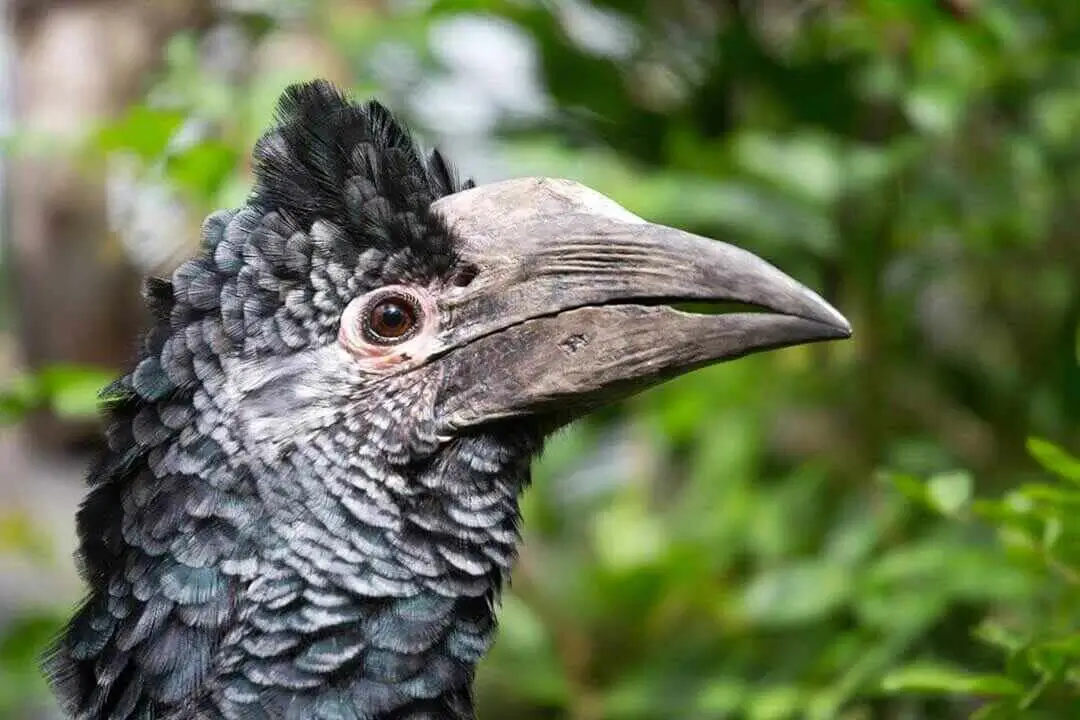
Bururi forest reserve is rich with variety of 205 bird species, 6 species are at the IUCN red list and 12 species are endemic to Albertine Rift and 36 belong to Afrotropical Highlands biome like Dusky Turtle-dove, mountain Buzzard Buteo, Cinnamon-chested bee- eater, Montane nightjar, Ruwenzori batis-batis, scarce swift, fine banded woodpecker, white-tailed crested - flycatcher and many others that have their homes in the reserve.
Read More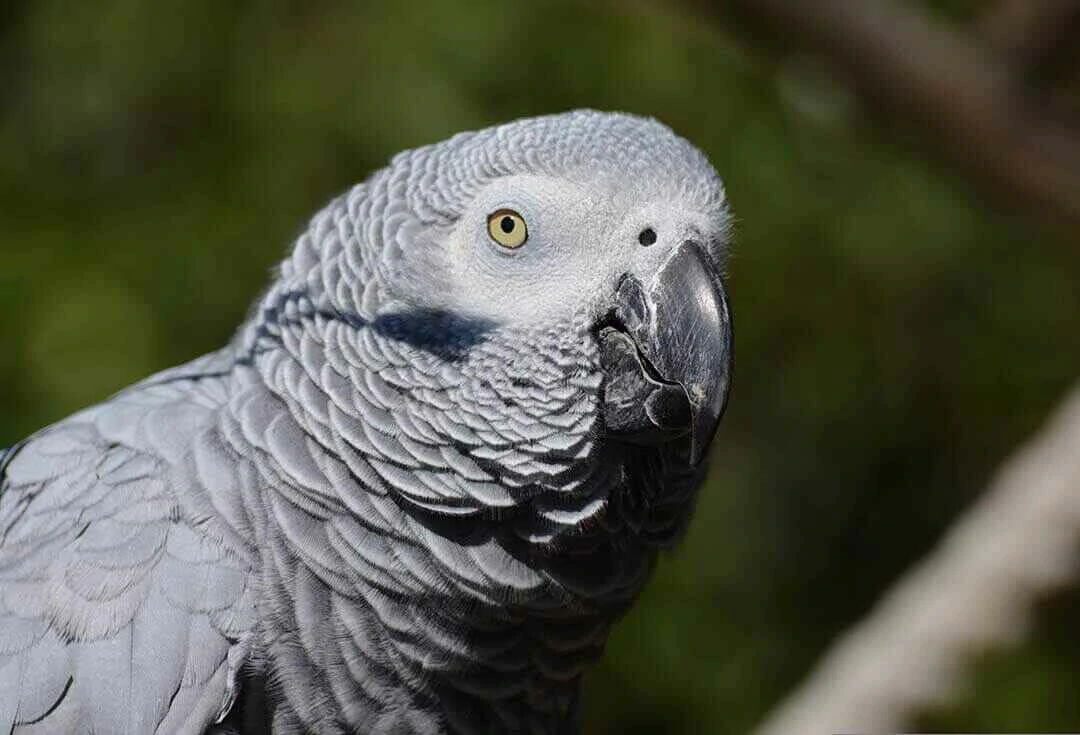
Kibira National Park has 231 bird species of which 21 are endemic to Albertine Rift, 13 are listed on IUCN red list.
Read More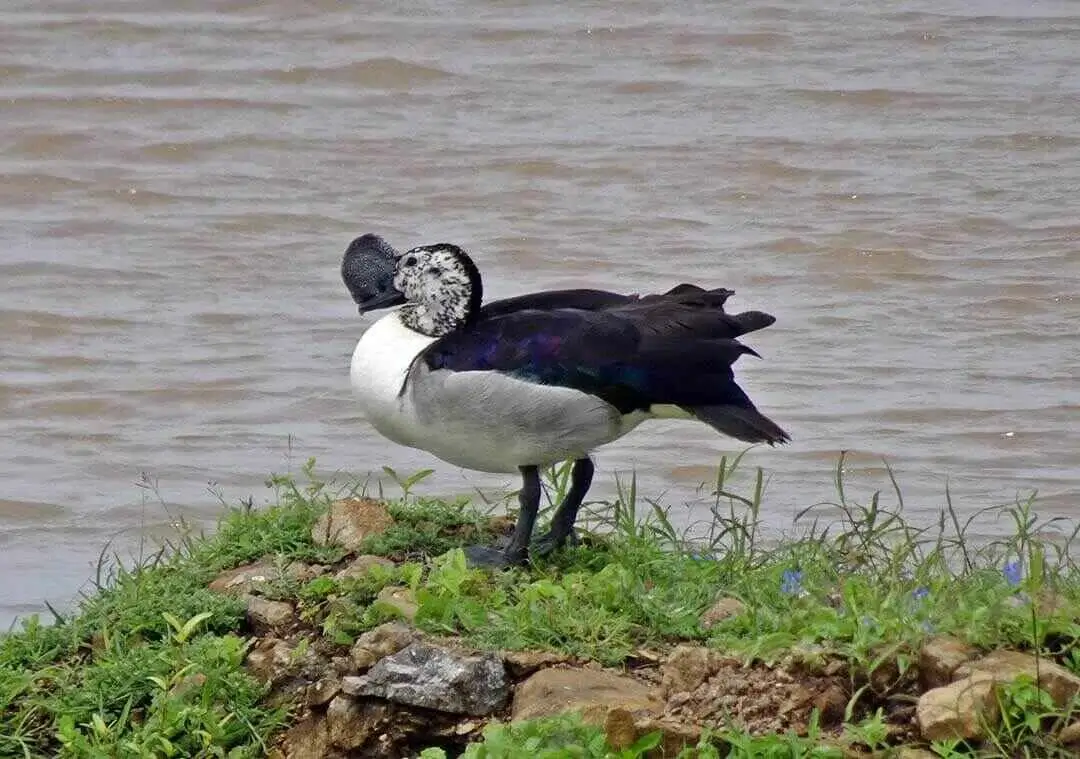
The flamingo is a species of wading bird native to Burundi It has a short tail and slender legs, as well as a thick, down-turned bill. Pigeons occur throughout the world, they are found as well in Burundi Grebes are large, diving birds from Burundi, Tanzania, and Rwanda.
Read More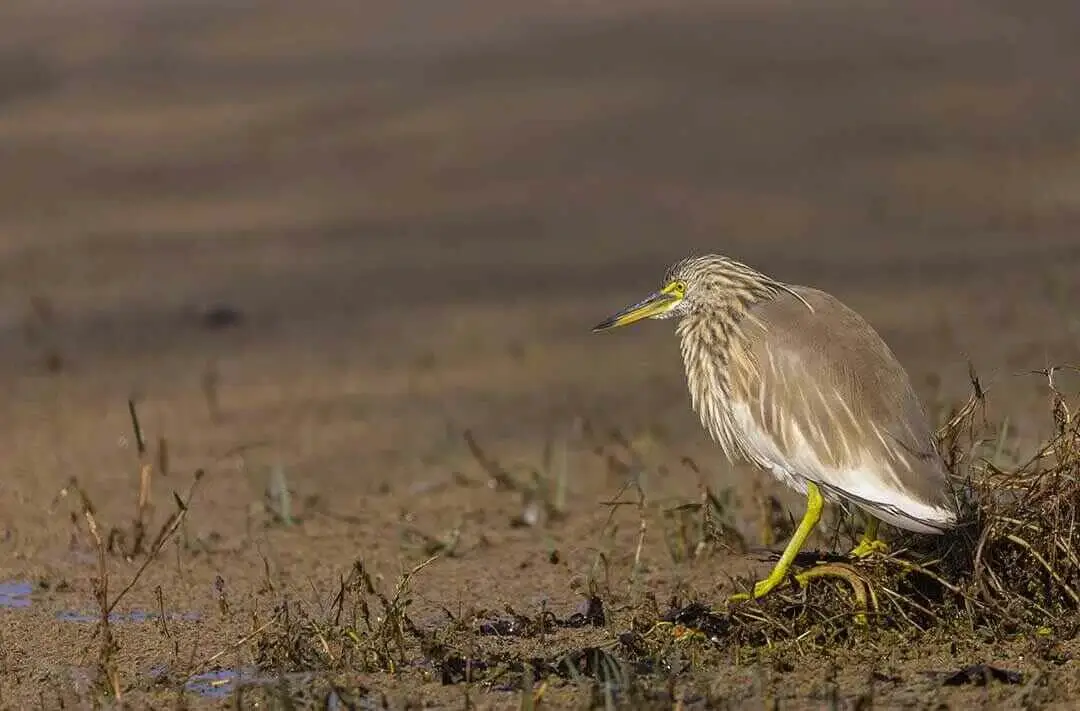
Ruvubu National Park has Up to 338 bird species have been recorded, including 10 listed on IUCN red list. The park is known for its unique bird watching experiences it offers to all vivid birders.
Read More